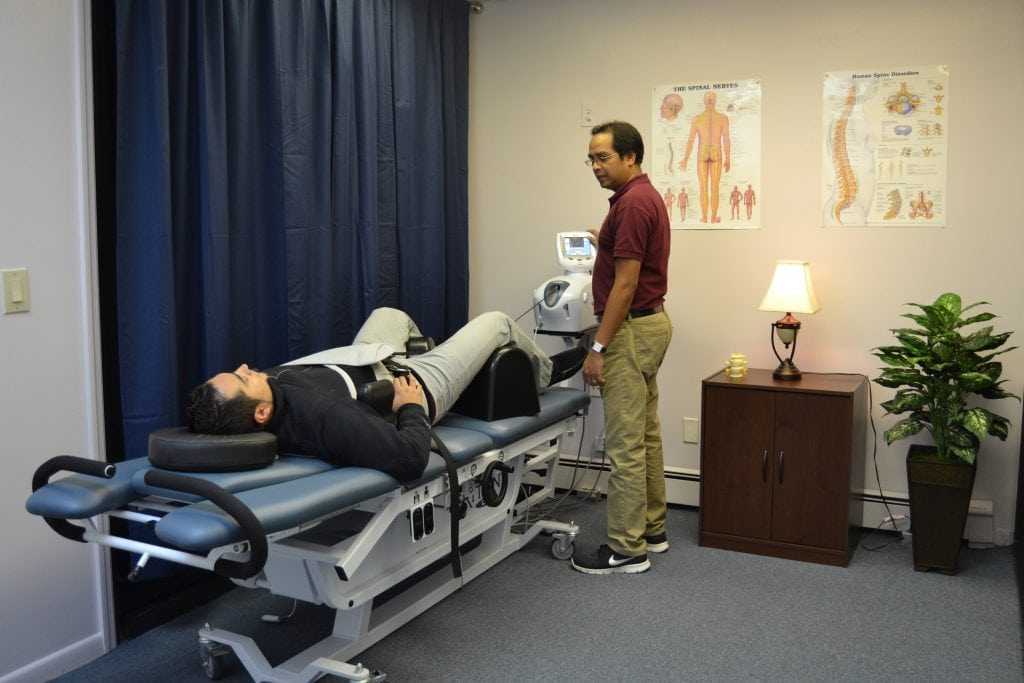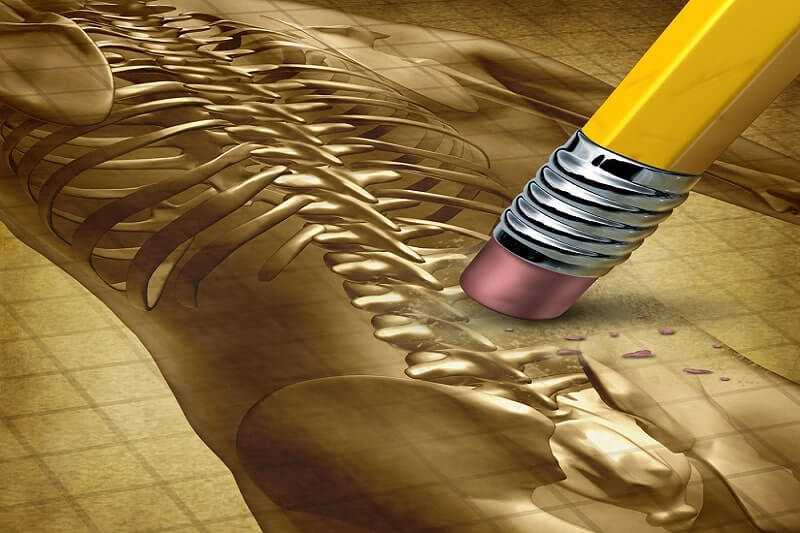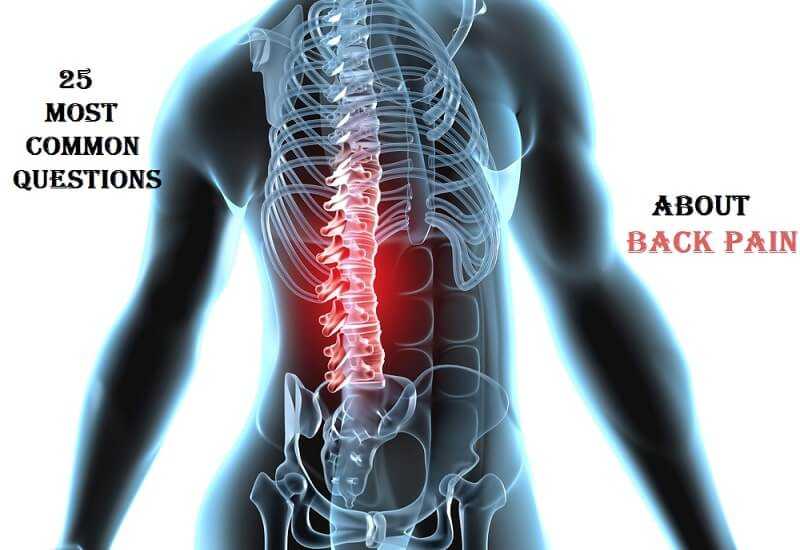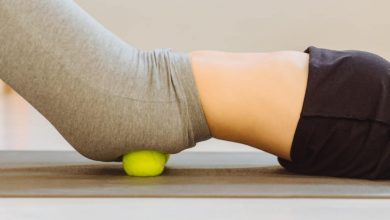Physical Therapists and the Treatment of Back Pain
Most doctors who treat back pain work hand in hand with a physical therapist. Physical therapists are invaluable in helping patients return to their normal activities, and they are also very good a teaching patients an exercise program to promote good spinal health. There are several different popular exercise programs that are known by different names that have been designed to reduce back pain, which makes it a bit difficult to recommend a “cookbook” approach for the treatment of all types of back pain. However, most physical therapists will help you to identify positions and postures that help to alleviate back pain, and then design an exercise program that will strengthen the muscles required for these postures in a way that is comfortable for the patient.
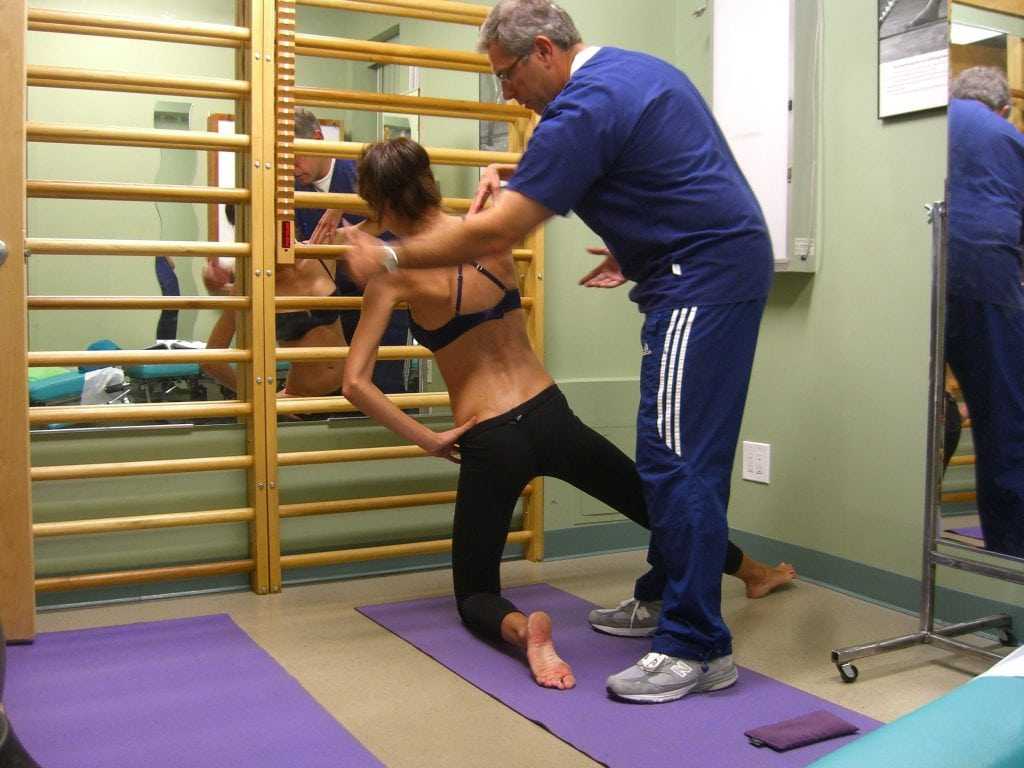
For example, one popular type of spinal exercise, known as McKensie exercises, is focused on strengthening the muscles that help to extend the spine and arch the back. This type of exercise is based on the theory that patients who have back pain caused by the intervertebral disc, tears in the ligaments that surround the disc, or a herniated disc, can reduce pressure on that disc by extending the spine and arching the back. As the extensor muscles become stronger with these exercises, they help to “centralize” the injured disc and reduce pain by decreasing the amount of pressure put on the injured ligaments in the back of the disc. This is a very popular type of physical therapy, and most therapists incorporate some form of extension exercises into their protocols for treating back pain.

Typical McKensie Back Extension Exercises
- Prone lying. Lie on your stomach with arms along your sides and head turned to one side. Maintain this position for 5 to 10 minutes.
- Prone lying on elbows. Lie on your stomach with your weight on your elbows and forearms and your hips touching the floor or mat. Relax your lower back. Remain in this position 5 to 10 minutes. If this causes pain, repeat exercise 1, then try again.
- Prone press-ups. Lie on your stomach with palms near your shoulders, as if to do a standard push-up. Slowly push your shoulders up, keeping your hips on the surface and letting your back and stomach sag. Slowly lower your shoulders. Repeat 10 times.
- Progressive extension with pillows. Lie on your stomach and place a pillow under your chest. After several minutes, add a second pillow. If this does not hurt, add a third pillow after a few more minutes. Stay in this position up to 10 minutes. Remove pillows one at a time over several minutes.
- Standing extension. While standing, place your hands in the small of your back and lean backward. Hold for 20 seconds and repeat. Use this exercise after normal activities during the day that place your back in a flexed position: lifting, forward bending, sitting, etc.
While physical therapists can teach you a great deal about how to alleviate back pain, strengthen the muscles that support your back, and make you more flexible, they cannot do your exercises for you. By far the most important part of seeing a physical therapist is making sure that you faithfully do your exercises at home. Truly committing to a program of regular exercise for the sake of your back is a significant lifestyle change for many people. The more you can involve your family and create a support group for your activities, the more successful you are likely to be. While this is often a difficult course for many people, the rewards of good health are simply too great to let slip away.
